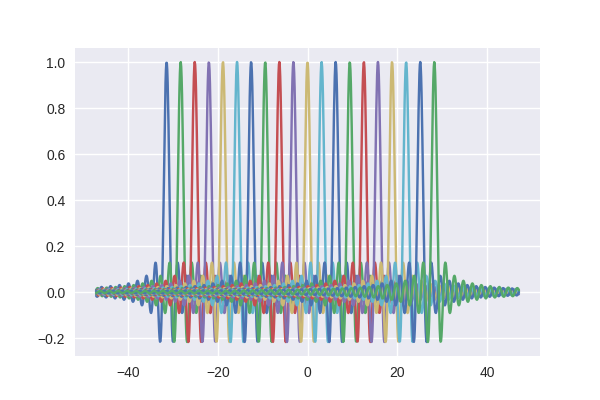If in doubt, read the original Schmidl&Cox Paper Robust Frequency and Timing
Synchronization for OFDM. It's actually a good read, and a good paper with respect to demonstration of state of the art, proposed algorithm, theory, and simulation. I highly recommend it.
Anyway, to understand this, you should consider OFDM as a multicarrier system. In fact, the DFT used in OFDM can be understood as Sinc filter bank:

The spacing of the sincs is actually the OFDM bandwidth divided by the size of the DFT. Notice that the important property of the sincs is that they have a zero at every integer multiple of the subcarrier distance – so that one carrier doesn't interfere with the others.
Now, assume your signal only has a small offset, let's say ca ¼ of the subcarrier spacing:

Then, Schmidl and Cox only has to find the offset so that the zeros of the received sincs align with the neighboring peaks of the "ideal" sinc-filterbank-shape.
Now, that's the fine frequency correction.
The coarse frequency correction becomes important when the frequency offset is larger than one subcarrier distance; let's look at something that is shifted by ca 3¼ of a subcarrier distance:

Then, the fine correction first aligns the receive signal so that the zeros/peaks match, but there's a remainder of full subcarrier multiple offset:

The job of the coarse frequency correction is to eliminate the remaining 3 subcarrier bandwidths of offset.




